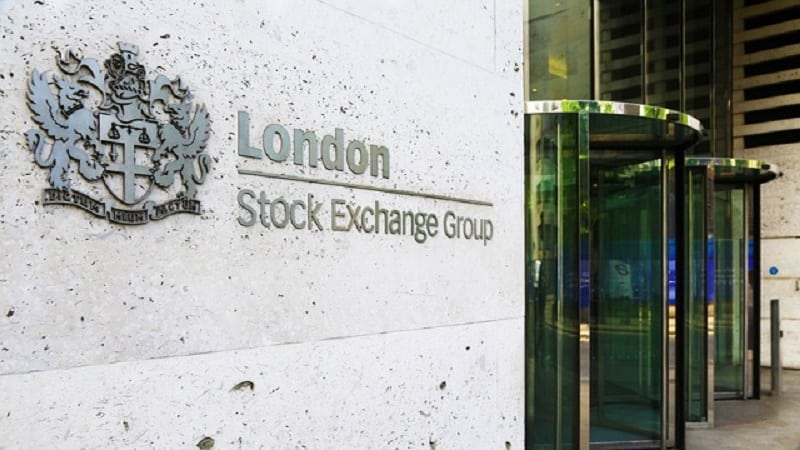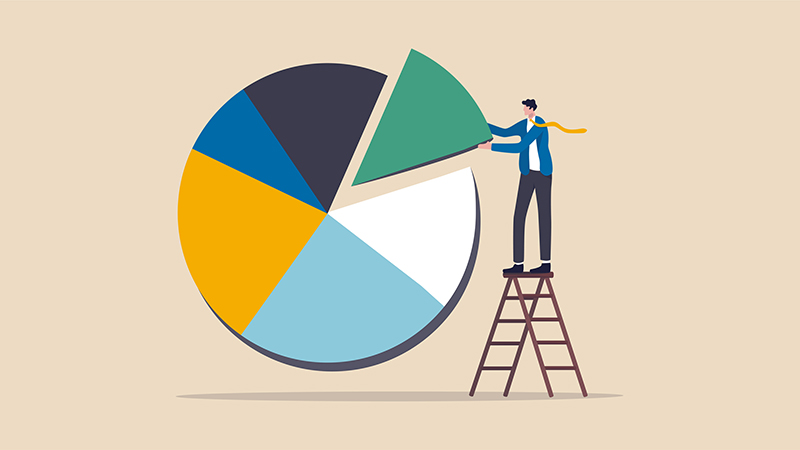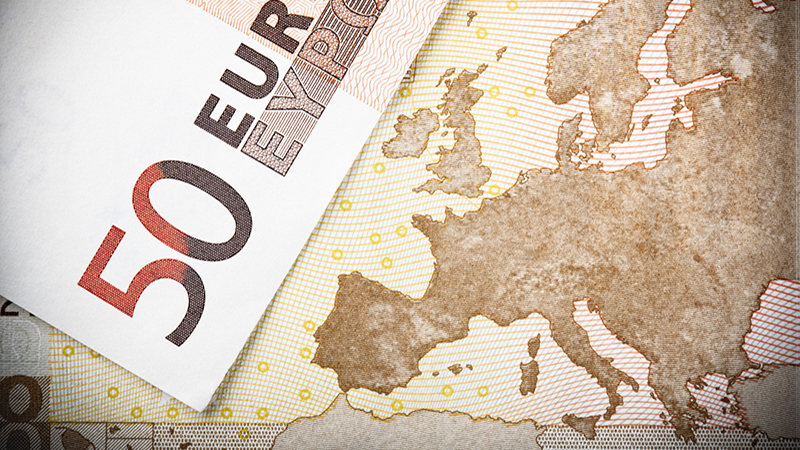Europe’s rush to re-arm, while simultaneously hoping for peace in Ukraine, has led European stocks higher in recent weeks. In March, European stockmarkets closed at a record high as defence stocks jumped on the prospect of higher spending on arms. But, with President Trump just announcing a new trade tariff which will hit European carmakers, is the market rally sustainable?
Europe bumps up defence spending
Europe spent 2.2% of its GDP on defence in 2024, up from the previous decade’s average of 1.6%. The European Commission’s ‘Rearm Europe’ initiative, later renamed to the less charged ‘Readiness 2030’, is an €800bn plan to increase Europe’s defence capabilities. The ‘2030’ moniker refers to the date by which Russia may have the ability to launch an attack against an EU or NATO state.
‘Readiness 2030’ will grant low-interest loans to countries wanting to purchase weapons and ammunition under a scheme called ‘SAFE.’ The Commission’s plan will give member states the fiscal space to raise their defence spending up to 3.5% of GDP.
The UK government has already pledged to spending 2.5% of GDP on defence by 2027. Meanwhile French President Emmanuel Macron has said he plans to reopen a fourth nuclear air base near the German border.
Trump trade tariffs threaten EU carmakers
President Trump’s trade tariffs have been causing diplomatic tensions and uncertainty in financial markets. Analysts at ING have suggested that, if Trump goes ahead with his threat of more tariffs against the EU, it could knock 0.33% off short-term GDP growth (assuming a 25% tariff), and this figure could soar over time.
On 2 April, Trump is expected to make an announcement that escalates his trade war and strains relationships with the US’s main trading partner. He has already announced plans to impose a 25% tariff on imported cars from 3 April which will land a heavy blow on the European car industry. A new tariff on car parts will come in a month later.
Lindsay James, investment strategist at Quilter, said the news of the new tariff comes just three weeks after President Trump offered a one-month reprieve from tariffs to Canada and Mexico, where around one quarter of vehicles sold in the US are manufactured. “Europe will be heavily impacted, with the US accounting for over a fifth of the EU export market and around 18% of UK auto exports,” she said.
“In a sector that is vital for the European economy in particular, accounting for around 7% of GDP and 6% of employment, there will be an obvious blowback on a sector that has already faced considerable headwinds from a painful transition to EVs alongside tighter regulation.” This has led to the European autos index falling to a level that is more than 15% lower than a decade ago, even before this latest blow, she added.
Germany’s mega-budget gets the green light
Meanwhile, Germany’s parliament approved a new mega-budget, unlocking a record level of borrowing to fund defence and infrastructure spending. Investors have welcomed these promises of higher spending, and these stocks have led a market rally.
“Germany has agreed to its biggest increase in borrowing since WWII, releasing around €1tn to fix decrepit infrastructure and bolster its army and defence capabilities,” said Tony Whincup, head of investment specialists at TrinityBridge.
Incoming Chancellor Friedrich Merz and his coalition government will create a €500bn infrastructure fund over 12 years, of which €100bn will go immediately into a national Climate Transition Fund, with money for federal and local governments to modernise hospitals, schools and roads, he added.
“Merz also wants to exempt defence spending above 1% of GDP from Germany’s strict borrowing limit or ‘debt brake’ which has been enshrined in law since the 2008 financial crisis, allowing the 16 regions to borrow up to 0.35% of GDP from regional lenders, providing they balance their budgets,” Whincup explained.
“Germany’s current debt-to-GDP ratio of 63% will increase markedly in coming years, but it can afford to borrow more and we believe markets will easily absorb more German debt issuance. Many economists now forecast growth to double in Germany from recessionary levels to ~2% within a couple of years.”
Raymond Backreedy, chief investment officer at Sparrows Capital, described Germany’s budget as “very significant”, given it is the first time the Bundestag has voted “to allow greater spending limits carved out for defence spending, and ringfenced this from the normal budget upper spending limits.”
See also: European markets boosted by defence stocks
Rebuilding Ukraine
Germany’s spending plan included a further €3bn in military aid for Ukraine. Peace talks have so far not been successful, but once the conflict is brought to an end, the focus will turn to reconstructing the war-torn country.
The World Bank and UN have estimated the cost to rebuild Ukraine after three years of war at more than half a trillion dollars. How will this need support the investment case for Europe over the next few years?
“This will be a challenging one and is very much predicated on the outcome of any ceasefire and what Russian demands are agreed to,” said Backreedy.
Seeking opportunities in Europe
While there are some strong structural drivers which could support European equity markets in the medium term, Trump’s policies threaten to hold back European GDP growth. Manufacturers will be hoping for a last minute U-turn, for which the President has form.
“The US threats and impending tariffs together with US first policy and demands that Europe play a larger role in defence spending has been driving EU assets,” added Backreedy. “Significantly also, there are question marks around continued and sustained US growth, hence a rotation from US to EU, where investors see more value in play.”
Looking forward, the other main risk to the region is that the Ukraine/Russia conflict rolls on, and geopolitical instability increases, says Backreedy. “The main risks are related to continued geopolitical tensions, whether this spreads, and the US economy recessionary concerns, if it comes to pass will have a negative impact on global markets.”










